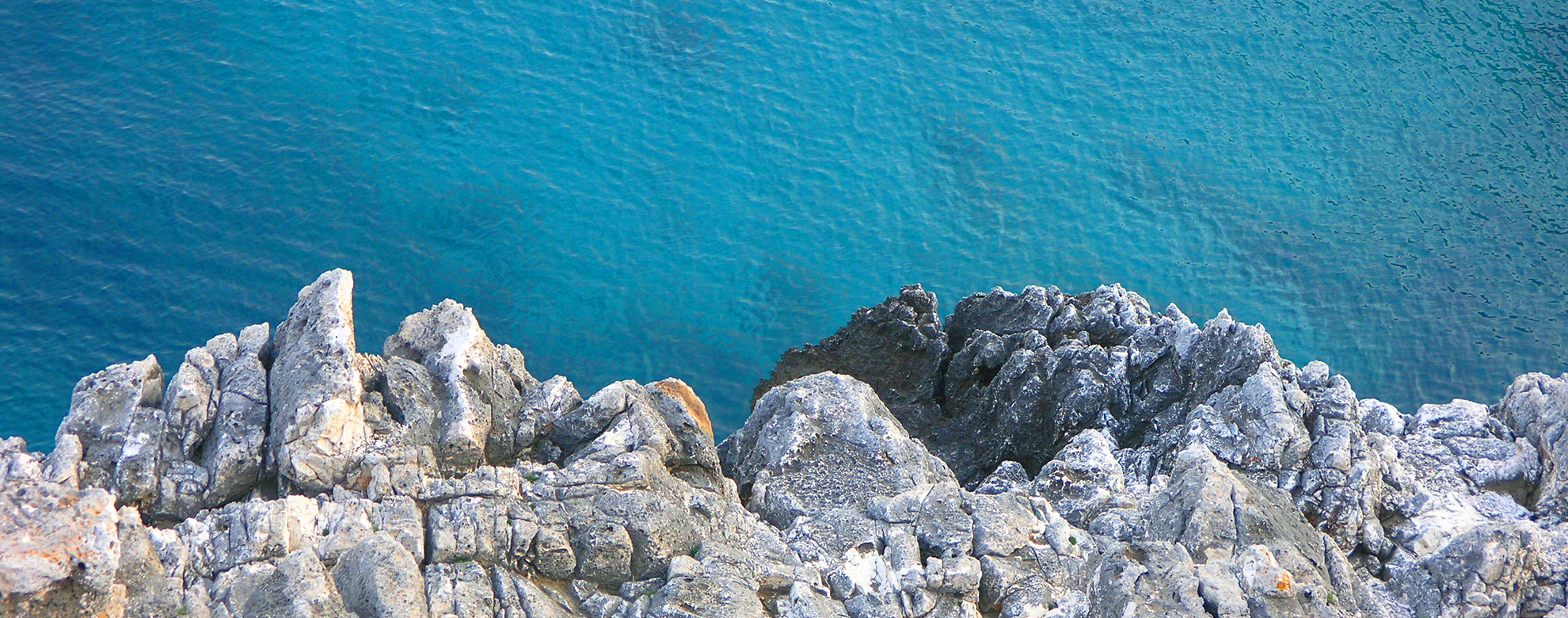
Il Salento
Salento is a peninsular area of south-eastern Apulia with the Adriatic Sea to the east and the Ionian to the west.
Geographically speaking, Salento corresponds to the ancient Terra d’Otranto that included the entire province of Lecce, most of the province of Brindisi and part of the province of Taranto following an axis that connects Ostuni and the city of Taranto.
Coming from the north, the Salento area is bounded by the Murge and the Val D’Itria with its characteristic trulli (conical dry stone cottages) giving way, once arriving in Salento proper, to the plains of the Tavoliere and numerous pajara (rectangular dry stone cottages) – typical of the southernmost areas.
All along this route, the Salento area is characterised by dense stretches of calcareous stone mixed with the brooding red earth of the fields and little white-painted houses built in and around grander old buildings in Lecce stone.
The hinterlands of Salento hold a veritable treasure of monuments, history and traditions – precious gems in the unique Baroque style. Historically, Salento also bears the traces of the ancient Messapian civilisation, as well as the land of the Salentinian Greeks whose language, songs and festivals, keep the traditions and culture of Magna Grecia alive even today.
Guarded closely by its ancient walls as if a treasure chest, the city of Lecce could be described as a living open-air museum to the Baroque style and a true delight to the eye with its grand baroque churches that, one after the other, guide the visitor into the old town. The old town itself is filled with hidden delights such as the secret gardens to be found behind the gateways to ancient courtyards. The central piazza, or square, is dominated by a Roman amphitheatre and at a stone’s throw the visitor can admire the bright and illuminated Duomo (cathedral) whilst sipping on an espresso. Today, the traditional papier-mâché workshops and studios working with Lecce stone are visited and admired by people from all over the world.
Along the whole coastline, soft sandy beaches and rocky coves and cliffs alternate before the crystal clear waters of the sea.
On the Adriatic side, the shoreline tends to be steep and high, contrasting with the lower, softer and sandier beaches of the Ionian.
The Ionian coast, in particular, with these soft and sandy beaches is well-known for the seaside towns of Porto Cesareo, boasting 17 km of golden beaches, Gallipoli, the ‘pearl of the Ionian’, Marine di Salve – also knows as the Maldives of Salento and Ugento with its fascinating history and seemingly endless sandy shore.
Continuing southwards until reaching the tip of the peninsula, here, at Finis Terrae, we come to Santa Maria di Leuca, with its beautiful 19th-century mansions, overlooking the confluence of the two seas of Salento, the Ionian and Adriatic.
Moving further to the south, and following the Adriatic coast, the area is characterised by cliffs overlooking the sea, with the numerous olive groves that lead to Roca, the Cave of Poetry, then on to Castrowith its unmissable Zinzulusa Caves and finally to Otranto, the last stronghold of the Byzantine Empire – where the magic of time seems to have stopped! In Otranto, we arrive at the castle and the narrow, winding ancient steps of the old city, a city that looks out across the Adriatic from the easternmost point in Italy.
This wild and rugged landscape brings us to the little harbour of Porto Badisco where the waters of the sea become ever bluer and where, according to ancient legend, Aeneas and his Trojan warriors first set foot in Italy.
At night, the feverish rhythm of tambourines draws visitors to Melpignano, where you can dance with people from all over the world to the traditional pizzica, barefoot on the grass and bathed in the silver light of the moon.
The hinterlands of Salento boast a great natural heritage with their innumerable ancient olive groves and vineyards, the true symbols Salento, from which many fine wines and highly valued oils are produced and that are a source of pride in the local area.
Also to be admired are the prickly pears, and the blossoming almonds that come into flower as early as January as well as the bright and colourful flowers and foliage of the Mediterranean maquis adorning the coast during the summer months.
Another characteristic feature of this landscape are its dry stone walls, separating parcels of land from each other along with the many ancient fortified masserie, or farmsteads, and the coastal watch towers that once guarded this ancient land from pirates.
Salento is truly a fragrant blend of history and culture.
The ancient flavours of the traditionally worked grain, nature harvested and placed on the table, the extraordinary richness and variety of a cuisine that is appreciated all around the world and a wine, Primitivo, as richly red as the very earth from which it is harvested – not to mention the many traditional restaurants nestling amongst scented lemon trees and mulberries, all work in harmony to create the beauty of this wonderful land we call Salento!


